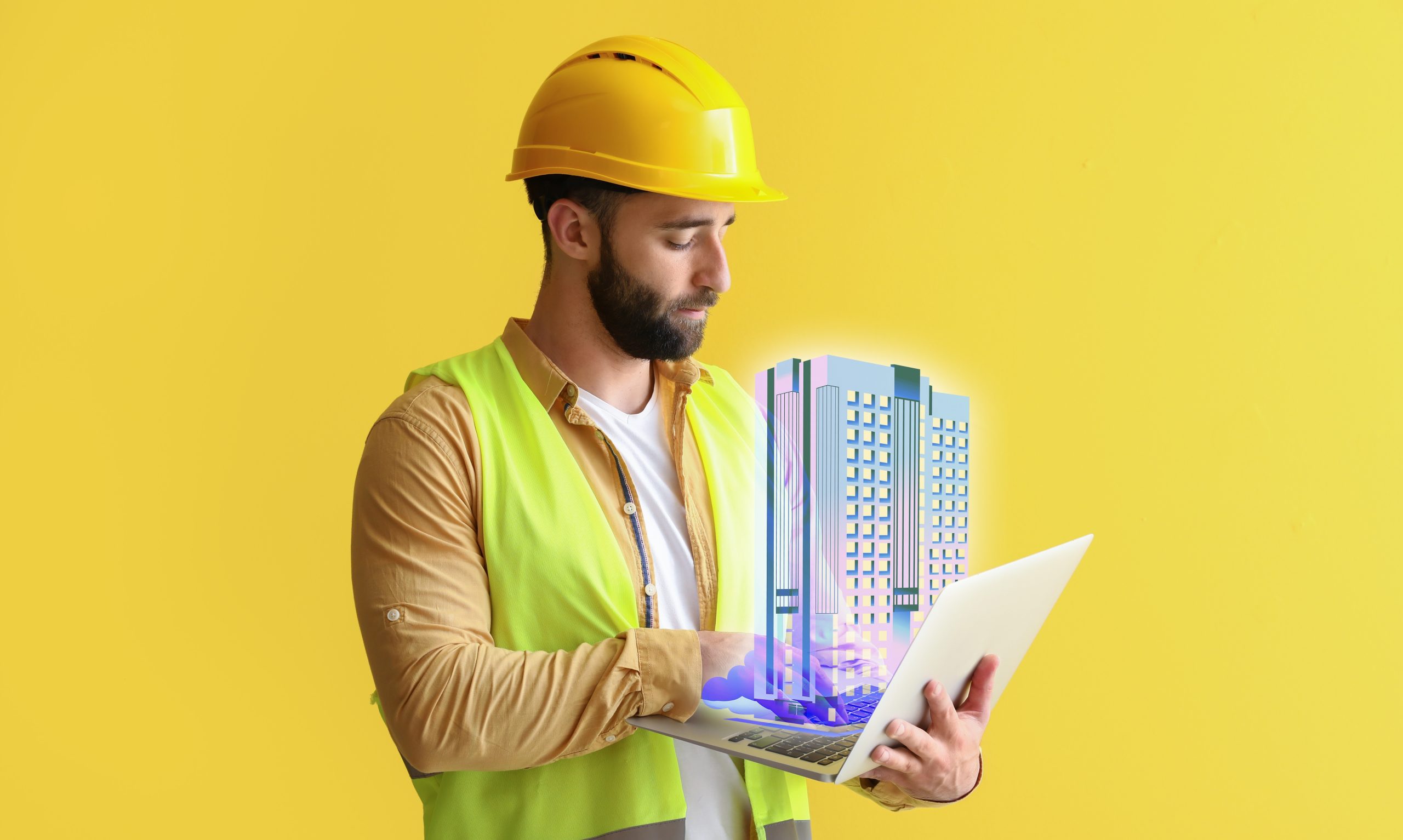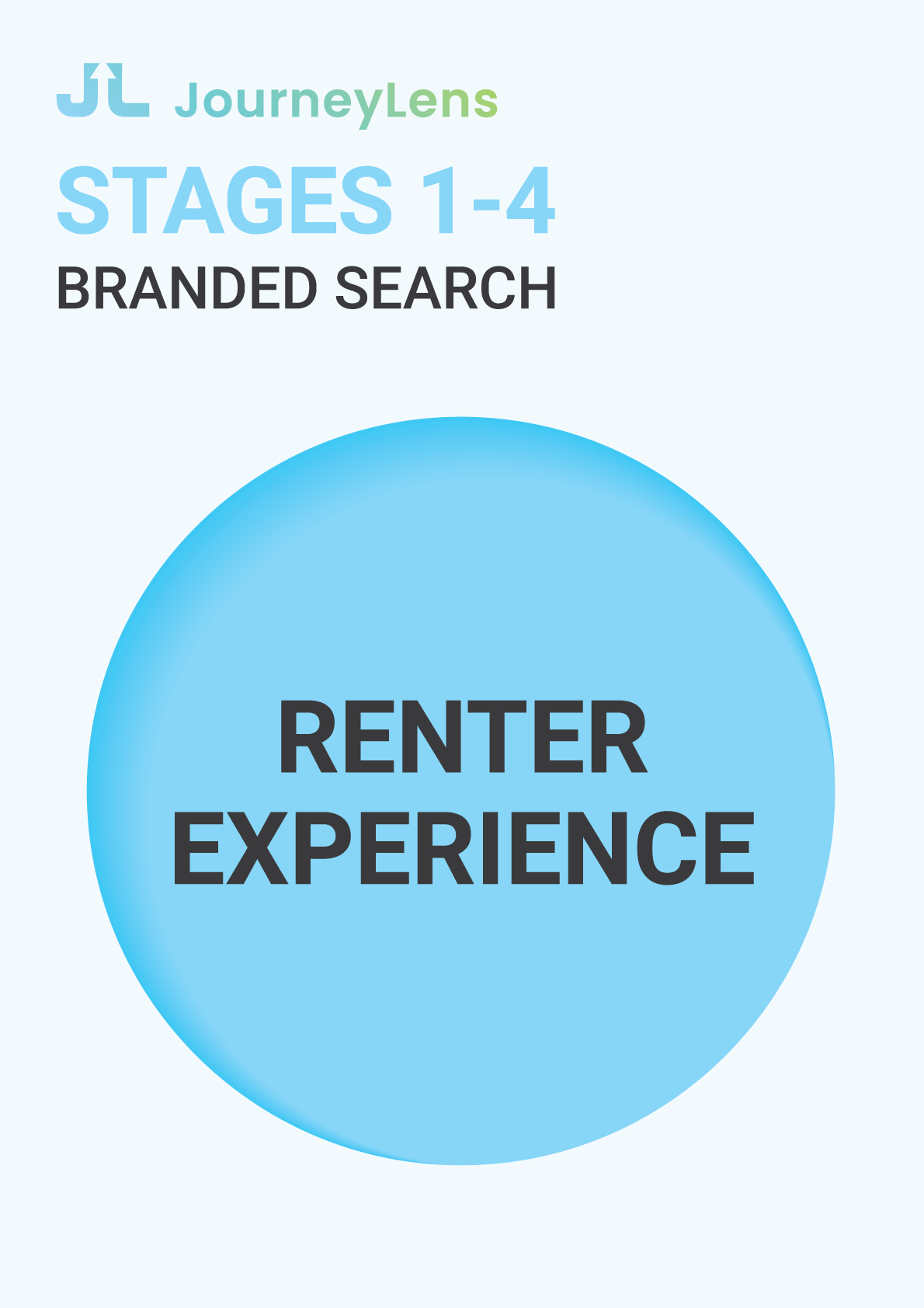
Key Technologies in Construction for Multifamily Development
Description: A digital representation of the physical and functional characteristics of a building.
Benefits: Facilitates collaboration among architects, engineers, and contractors, allowing for better visualization, clash detection, and project coordination throughout the lifecycle of the building.
Description: Tools like Procore, PlanGrid, and Autodesk Construction Cloud streamline project management by integrating scheduling, budgeting, documentation, and communication.
Benefits: Enhances productivity through real-time collaboration, improved task tracking, and centralized access to project information.
Description: UAVs used for aerial site surveys, monitoring construction progress, and conducting inspections.
Benefits: Provides high-resolution imagery and data that help in project planning, site management, and timely decision-making with improved safety.
Description: The use of additive manufacturing to create building components or even entire structures using materials like concrete and composite materials.
Benefits: Offers rapid prototyping and construction, reducing time and material waste, while enabling innovative architectural designs.
Description: Building sections are prefabricated in a controlled environment and assembled on-site.
Benefits: Reduces construction time, minimizes labor costs, and enhances quality by allowing for more standardization and precision in manufacturing.
Description: Mobile applications like Fieldwire and Buildertrend that assist in daily operational tasks on the job site.
Benefits: Improve communication, track job progress, manage schedules, and document issues in real time.
Description: Tools designed to ensure safety compliance and management of workplace risks (e.g., SafetyCulture, ConstructSecure).
Benefits: Enhances worker safety through risk assessments, incident tracking, safety inspections, and training management.
Description: Devices like smart helmets, safety glasses, and vests equipped with sensors to monitor worker safety and health.
Benefits: Provide real-time data on environmental conditions, worker movements, and potential safety hazards.
Description: Tools that simulate the energy consumption of buildings to optimize design for sustainability (e.g., EnergyPlus, RETScreen).
Benefits: Helps architects and engineers create energy-efficient buildings that comply with regulations and meet sustainability goals.
Description: Technologies for immersive visualization of architectural designs and construction processes.
Benefits: Enhance design reviews, provide virtual walkthroughs for clients, and improve training for construction processes.
The integration of construction technology in multifamily development is transforming the industry by enhancing collaboration, improving efficiency, and reducing costs and risks associated with traditional building methods. By leveraging technologies such as BIM, drones, prefabrication, and project management software, developers can deliver high-quality multifamily housing that meets modern demands while adhering to schedules and budgets. As these technologies continue to evolve, they will play an increasingly critical role in shaping the future of multifamily construction.


